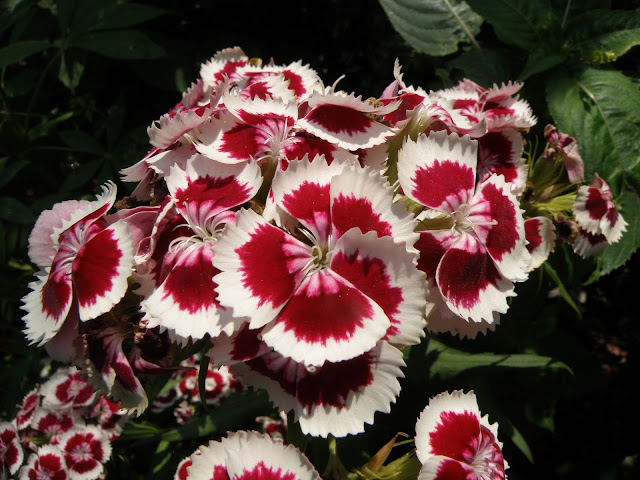
Name: Chennai (Madras)
Date of birth: August 22, 1639Started in 2004 by a small group of writers, journalists, entrepreneurs and historians, the "Day" consists of a number of events like walks, exhibitions, film shows, online contests, quizzes, bicycle rides and public talks that celebrate the culture, heritage and spirit of Chennai. Many activities in this year's schedule interested me and I participated in one, namely the Fort St. George Heritage Walk. Now, the term "fort" might sound like a misnomer if one goes there expecting the grandeur of some of the best Mughal, Maratha and Rajput forts. Well, the flag post (tallest in the country at 150 ft.) and the moat at the entrance are impressive, but once you step inside, what you see is a cluster of different buildings.
The Cornwallis Cupola is the first thing you notice as you enter. It looks nice and is definitely a photographers' delight. The administrative headquarters of the legislative assembly of Tamil Nadu and the Secretariat are located inside the Fort premises. Many structures are part of military establishment. Then there is St. Mary's Church (built in 1678-1680), the oldest Anglican church in India, Wellesley House, the residence of Robert Clive and the Fort Museum among others. I was there on a Sunday morning, as part of a group led by journalist and publisher Vincent D'Souza. There were not too many people there that day, but I am told the place is bustling with crowds on weekdays...few of them tourists, most visiting the government departments situated inside the Fort. Of course even on a Sunday, the mandatory posse of policemen was there as this is a high security area.
 It had rained the previous night when we went there. The streets were punctuated with puddles, but the ancient trees looked fresh and bright. Some of the buildings are maintained well, while some others are dilapidated. Interestingly, some buildings have turned into ruins because of trees growing out of their walls. They must have started as small plants which flourished, eventually eating into the walls. The structures that are still standing are indeed very solid and look good.
It had rained the previous night when we went there. The streets were punctuated with puddles, but the ancient trees looked fresh and bright. Some of the buildings are maintained well, while some others are dilapidated. Interestingly, some buildings have turned into ruins because of trees growing out of their walls. They must have started as small plants which flourished, eventually eating into the walls. The structures that are still standing are indeed very solid and look good.We did not enter the church as a service was in progress inside. But we did climb up the wide staircase inside the Clive residence to go up to the wooden-floored banquet hall. It is bare now and one can only imagine the opulence of the banquets that might have been hosted there. The chambers and verandas in this and some of the other buildings have high ceilings supported by tall columns, giving them a stately look. Had to give a miss to the museum as it was not covered in the group's activities for the day, but would like to visit it some other time.
I would think of Fort St. George not as a typical tourist destination, but as a place of interest for those who would like to take a glimpse into the history of Chennai. Meanwhile, the "birthday" celebrations go on. Definitely looking forward to being a part of the events in the future editions of Madras Day!
















